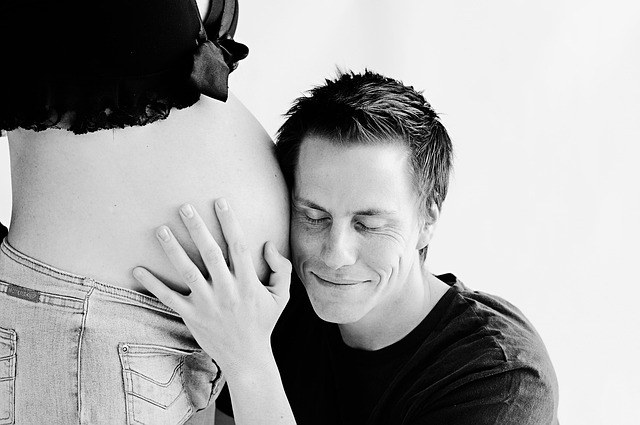Written by Mia Thompson. Reviewed by Sarah Johnson.
Approximately one in ten women are affected by endometriosis, which translates to around 1.5 million individuals in the UK alone. Similarly, polycystic ovary syndrome (PCOS) also affects about one in ten women and those assigned female at birth in the UK.
These figures are significant, yet there remains a troubling lack of knowledge, awareness, and education surrounding women’s health. This gap isn’t the fault of women; rather, it stems from a persistent gender health gap. As highlighted by various sources, many women may feel discouraged from seeking information due to the limited resources available on these health issues, not because they lack interest, but because they often find little to no answers.
We encourage you to continue your search for information because we are dedicated to bridging this gap by providing the insights that are frequently missing. Today, we will explore the distinctions between PCOS and endometriosis—two conditions that affect countless women and individuals assigned female at birth—and discuss their implications for fertility.
Understanding PCOS
PCOS, or polycystic ovary syndrome, is a hormonal disorder characterized by an imbalance that results in increased levels of androgens, often referred to as “male sex hormones.” According to Dr. Emily Richards, an OB-GYN with City Health, the exact cause of PCOS remains unknown, but it may be influenced by genetics and elevated insulin levels. Symptoms can include:
- Irregular menstrual cycles, such as skipping periods for two or three months
- Excessive hair growth in areas like the chin, abdomen, or breasts
- Enlarged ovaries containing multiple fluid-filled sacs, known as follicles
What is Endometriosis?
Endometriosis is an inflammatory disorder where tissue similar to the uterine lining, known as the endometrium, grows outside the uterus, leading to pain and inflammation during menstrual periods and beyond. Dr. Richards explains that the cause of endometriosis is still not fully understood, although theories suggest it may arise from genetic factors, the transport of endometrial cells through blood or lymph, or retrograde menstruation, where menstrual blood flows backward into the abdomen. Symptoms include:
- Severe menstrual cramps
- Pain during sexual intercourse
- Discomfort during bowel movements
- Irregular bleeding
- Abdominal bloating
Can You Have Both PCOS and Endometriosis?
“Definitely,” says Janet Brooks, a Certified Nurse Midwife and Functional Medicine Practitioner. Irregular periods are a common overlapping symptom, though they can manifest differently. Women with PCOS may experience irregular cycles, while those with endometriosis often endure painful ones.
How Are These Conditions Diagnosed?
Diagnosis of PCOS typically involves a physical examination and blood tests. “We conduct lab work to exclude other conditions that may mimic PCOS,” explains Dr. Richards. The diagnosis usually follows the Rotterdam criteria, requiring at least two of the following three features:
- Irregular menstruation
- Hirsutism (abnormal hair growth)
- Polycystic ovaries
Endometriosis can be diagnosed based on a patient’s medical history and response to treatment, but it may also require surgical confirmation through procedures such as laparoscopy.
Impact on Fertility
PCOS can significantly affect fertility due to issues with anovulation (not ovulating). “About 70-80% of women with PCOS may face challenges in getting pregnant due to this,” notes Dr. Richards. In contrast, endometriosis can create inflammation and scar tissue in the pelvic area, which may also impact fertility.
For more insights on enhancing fertility, check out this resource on fertility supplements, and for additional information about treating infertility, visit this excellent resource.
In summary, both PCOS and endometriosis are prevalent conditions that can significantly affect women’s health and fertility. Understanding their symptoms, diagnosis, and potential impact is crucial for those affected. The pursuit of knowledge surrounding these conditions is essential for bridging the gender health gap and empowering individuals to seek the care they need.

